How to Shoot a Thumb Button Release
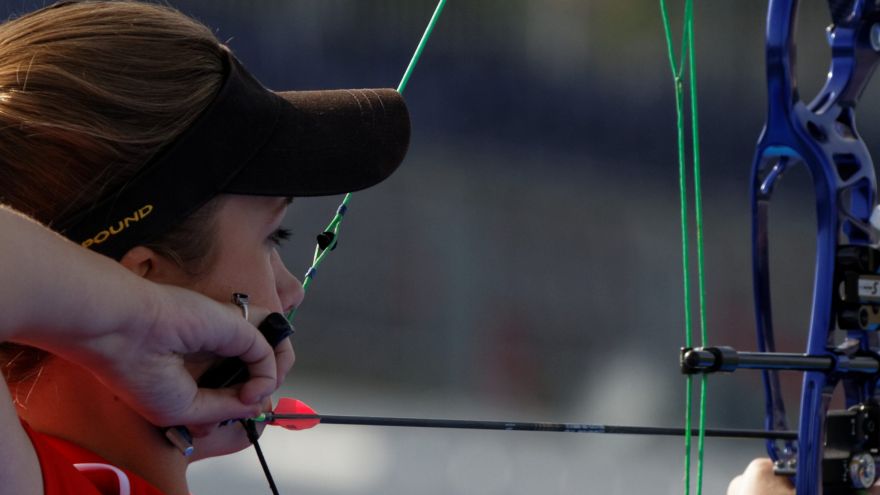 How to Shoot a Thumb Button Release
thegearhunt.com
How to Shoot a Thumb Button Release
thegearhunt.com
Thumb button and handheld style releases have become incredibly popular in modern archery and have greatly increased in bow hunting popularity in the last few years. Many successful target archers can be seen using a handheld style release and sometimes a thumb button style release to win large tournaments, so they are effective in providing consistent and accurate shots. But what are some ways to shoot a thumb button release, and how can you learn to shoot one?
Have You Considered a handheld release?
Making a switch to a handheld takes time and sometimes even adjustments to your bow fitment. It’s best to think about making a switch when you have time to practice, perhaps a few months before any type of hunting. Additionally, the length of the neck of your handheld and where you choose to anchor with your handheld can influence your draw length.
It can be minor, but some thumb button releases have long necks like the STAN PerfX (left). Notice the hand placement vs where the hook would attach to your d-loop. Comparatively, the Carter Wise Choice has a loop attachment closer to your hand so your draw length may not feel as long.
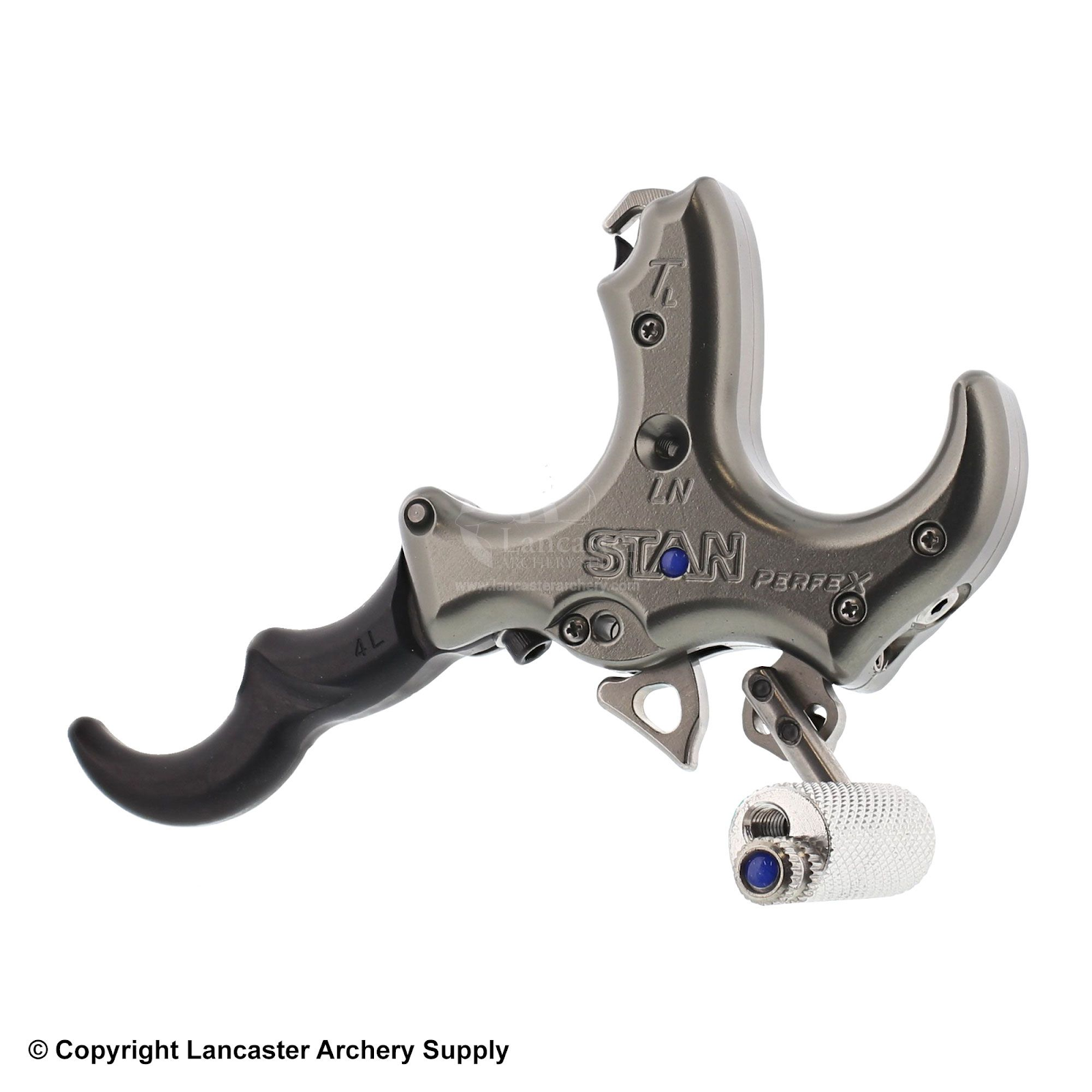
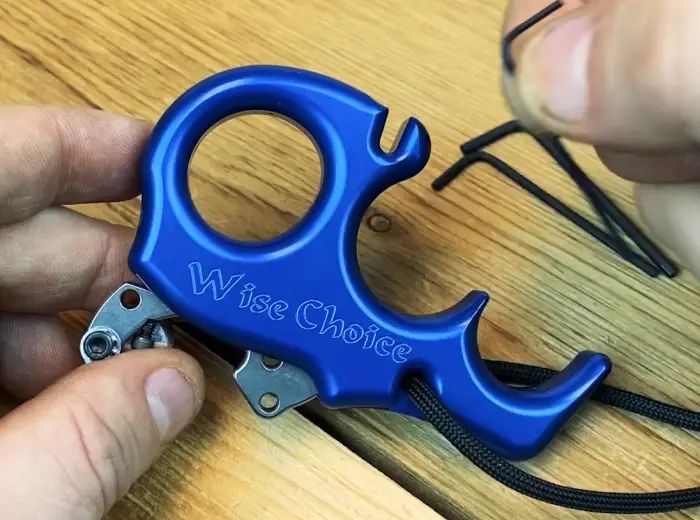
The Anchor Points
Anchoring with a handheld release is quite different than a wrist release, and may take some getting used to. Generally speaking, you should have at least three anchor points when doing your shot execution. Your first being your nose to your string, the second being proper peep alignment, and the third being the gap between your index finger and middle finger knuckles, to your jawline This gap between your knuckles should feel like your jawline naturally fits into this space, and you can move your hand up and down along your jawline to figure out where it feels best.
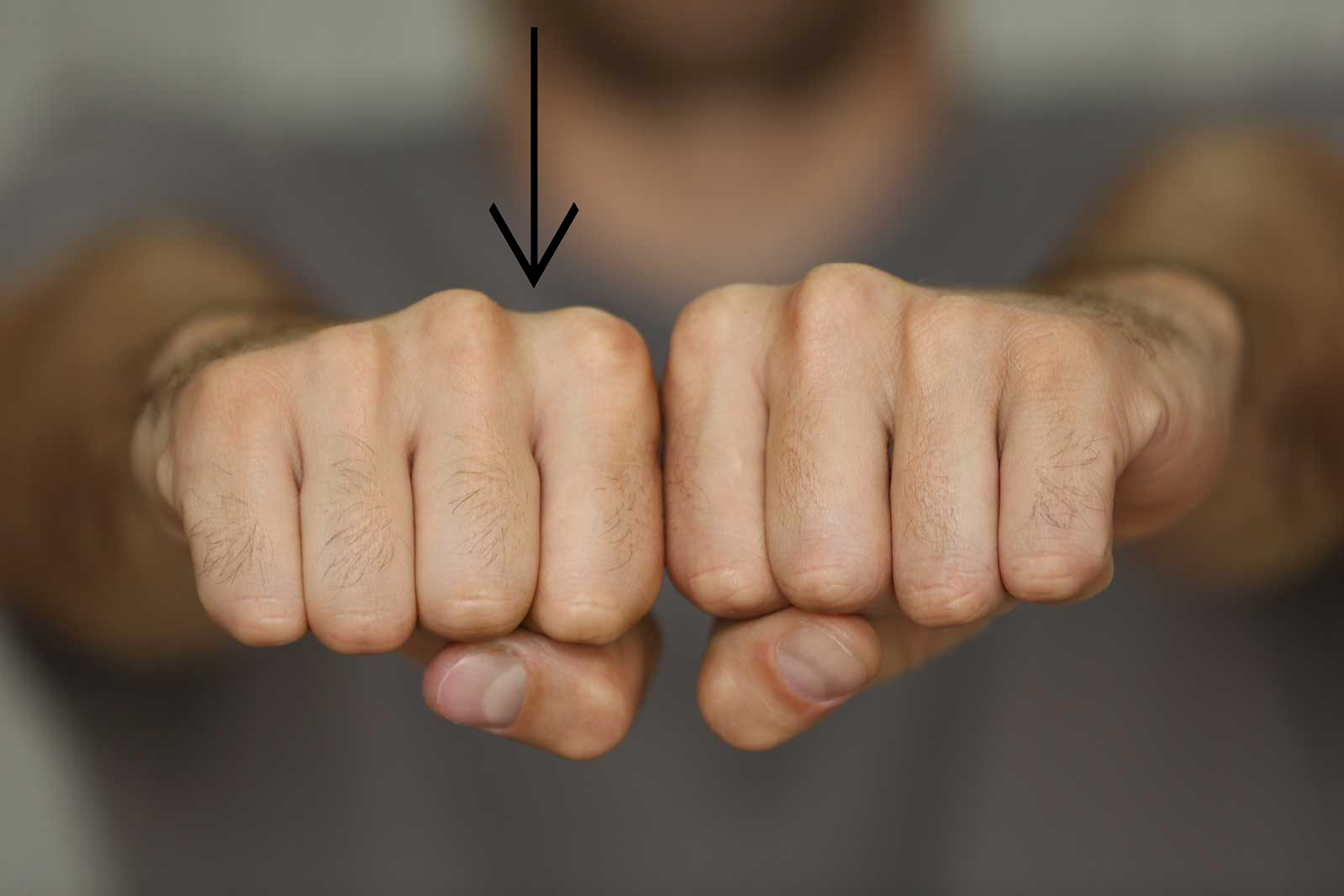
John Dudley here provides a good example of how your hand should look when your release is positioned on your jawline.
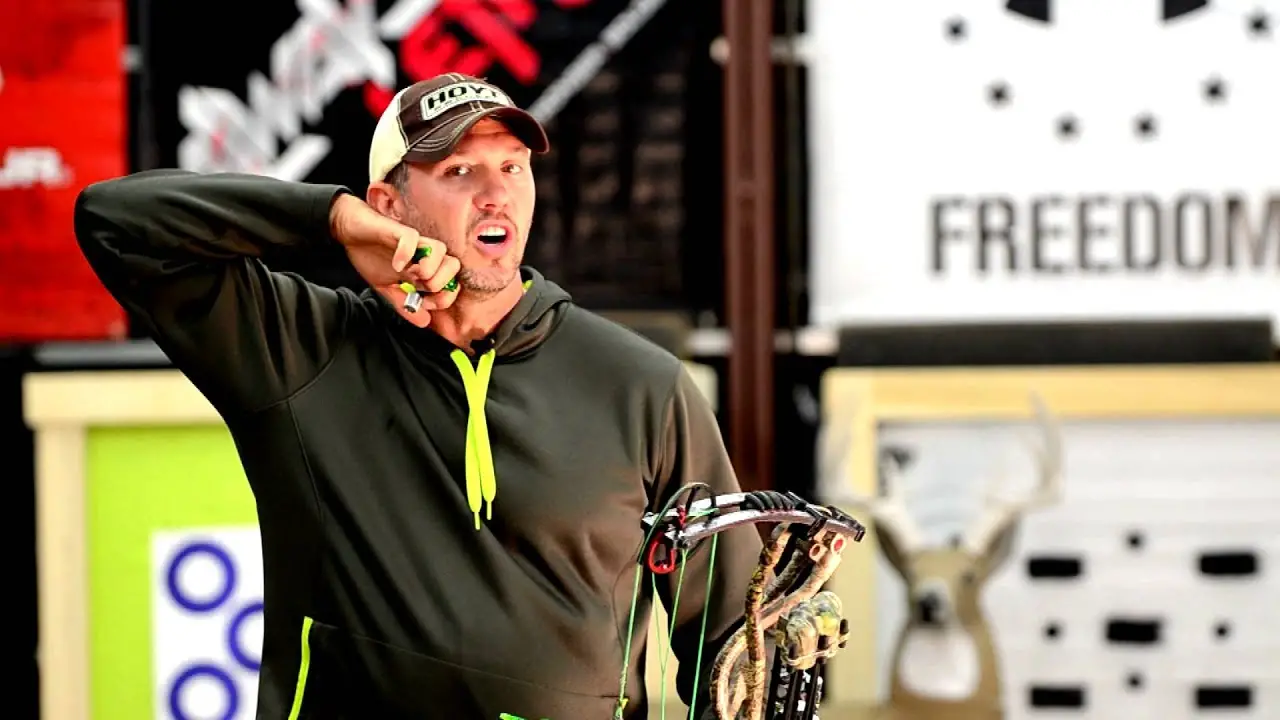
Thumb Placement
When drawing your bow back, you can either place your thumb closer to the rest of your fingers on the palm side of your hand or closer to your face on the back of your hand. Once you have fully drawn you can move your thumb wide until it is aligned with the thumb barrel and you come into anchor.
Just like any style release, the execution of your shot is important. Punching the trigger is never the right way to shoot a release aid and will lead to inconsistency in your shots. When placing your thumb on the thumb barrel, place it under the first joint beneath your thumb.
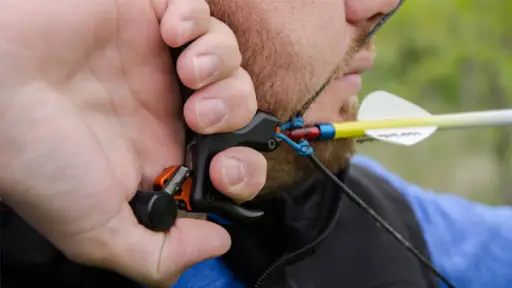
This placement allows your thumb to be on the release at all times and helps you execute your shot process. Additionally, this provides a consistent placement for your thumb and will help improve your chances of having a repeatable and dependable shot process. When shooting a thumb button release, once your thumb is in this position it should not need to move any further, the rest of your shot execution will come from how you move your hand.
Styles of Execution – Rotation and Loosening of your hand
A caveat to all of these techniques is the sensitivity and travel of your thumb button. Most release aids allow you to adjust the travel and or the weight resistance available before the release fires. These are highly personal, but before you go ahead and stop shooting because one of these styles doesn’t work, adjust your settings on your release to find the one that works for you. There are also different styles of handheld releases that are built specifically to act as rotational (hinge) and resistance (back-tension) releases.
With a thumb button release, you can replicate a lot of these actions with practice and still have the certainty of a physical trigger button, in case you have a limited window to shoot during a hunting situation and are forced to manually depress the trigger. Generally speaking, set your thumb button to be really sensitive and shoot in an indoor range as you begin to learn these next shooting techniques.
You can adjust the release sensitivity after you’ve begun to feel the motion of your release process to become more comfortable to you. You’d be surprised how little pressure needs to be applied to the release with the sensitivity turned way up, so be careful not to send an arrow into the sky.
Rotation
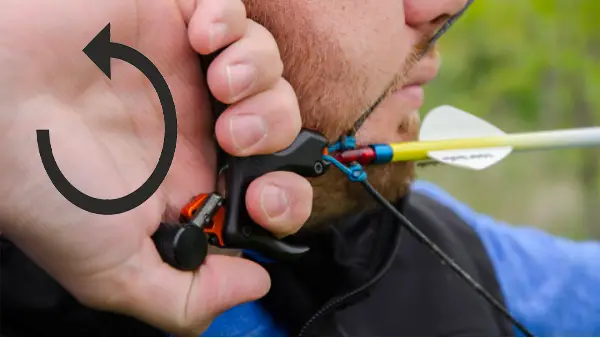
With the thumb button in the inner joint of your thumb, you can rotate your hand as shown to slowly cause your thumb trigger to be pressed and fire. Think about trying to pull your pinky finger closer towards your elbow. The trick here is to make sure your button is comfortably inside that inner joint of your thumb so that as you rotate your hand the meaty part of your thumb pad will increase pressure against the button and eventually go off. Depending on your release, you may be able to adjust the sensitivity here to make your shot go off faster or slower.
One good thing to consider here as well is the size of the barrel on your thumb button. Different diameter thumb barrels may fit your hand better and are good things to tinker with aside from sensitivity. Some releases also allow you to adjust how much the barrel travels before firing, think how far down the button needs to be pressed before it goes off. Thumb barrels are generally highly customizable and there are many aftermarket options available to find the best fitting release.
Loosening of your Hand
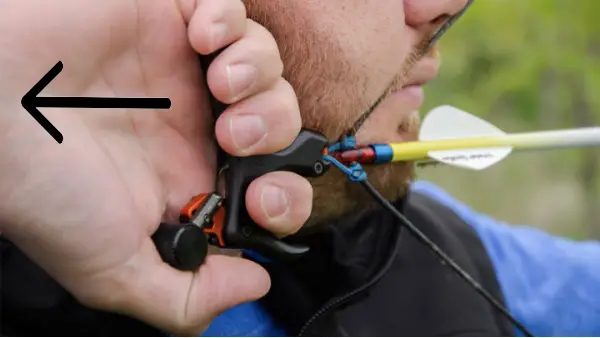
Another method to firing your thumb button release is loosening your hand. As you draw your bow back, you will have a firm grip on your release as you come into anchor. Once you are anchored and your thumb barrel is in the inner joint of your thumb, you can begin to loosen the other fingers on your hand causing your arm and your hand to slowly move backward. As it moves backward you will increase the pressure of your thumb against the thumb barrel and eventually cause the thumb button to fire. This technique requires you to controllably let go of your release, so if your release has a way to attach a wrist strap to it, it may be a good idea to use it.
Thumb button releases are a fantastic tool for archers and can feel more natural than an index-style release. Any release however can be forced into shooting and requires practice to shoot reliably. With these techniques, you can practice consistent and repeatable shooting to keep your groups tight and your arrows flying straight.















